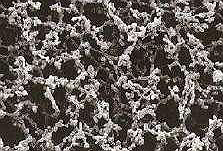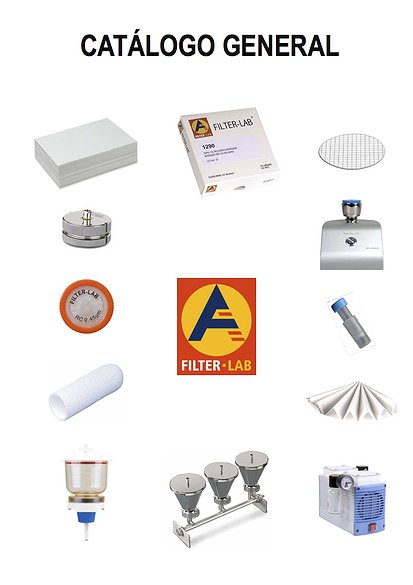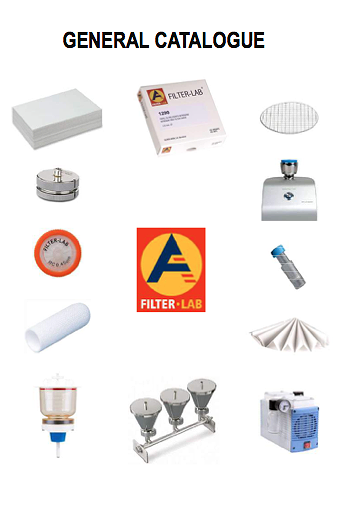Cellulose acetate is a hydrophilic material and with very low nonspecific adsorption of proteins. These characteristics make it suitable membrane filtration in the case of biological samples.
It is also recommended for use in the filtration of aqueous samples, most alcohols, oils and hydrocarbons.
It is available in pores of 0.22 to 5.0 microns and diameters from 13 to 293 mm in diameter.
Bubble point with water (minimum value)
0.22 µm 4.0 bar | 400 Kpa
0.45 µm 3.1 bar | 310 Kpa
0.8 µm 1.5 bar | 150 Kpa
3.0 µm 0.5 bar | 50 Kpa
5.0 µm 0.4 bar | 40 Kpa
Flow rate with water (ml/min /cm2)p=0.9bar | 90 Kpa
aprox.:
0.22 µm 18,5 ml/min/cm2 0.45 µm 40 ml/min/cm2 0.8 µm 150 ml/min/cm2 3.0 µm 500 ml/min/cm2 5.0 µm 900 ml/min/cm2 Flow rate with air (ml/min /cm2)):
0.22 µm -
0.45 µm 25 ml/min/cm2 0.8 µm 50 ml/min/cm2 3.0 µm 180 ml/min/cm2 5.0 µm 280 ml/min/cm2 Thickness: 0.115– 0.140 mm
Membrane material
Diacetate and triacetate cellulose
Pore sizes: 0.22, 0.45, 0.8, 3.0 and 5.0 µm
Diameters: 13, 25, 47, 90, 142 y 293 mm.
Maximum temperature of use ≤ 50ºC
Maximum pressure of work: 8.7 psi
Extractables with water < 0.1%
Chemical compatibility: 4 – 8 pH
Reaction to water: hydrophilic
Absorption: Low absorption non specific in proteins.
Sterilization: Autoclave at 121ºC ó 134ºC, g radiation,
dry hot at 134ºC, ethylene oxide






